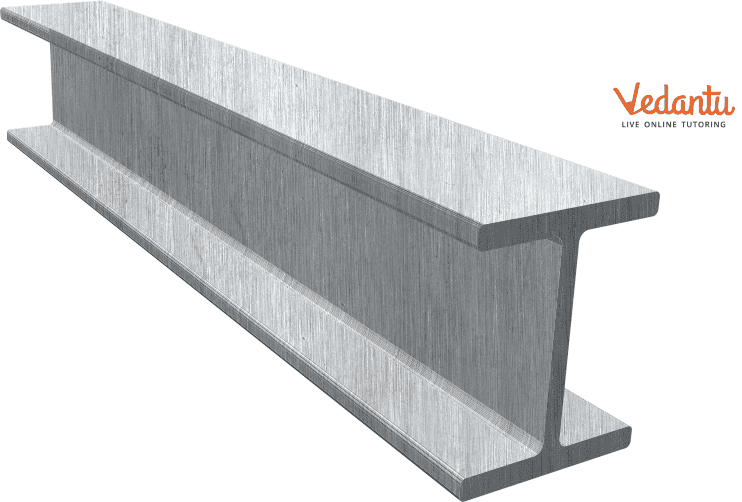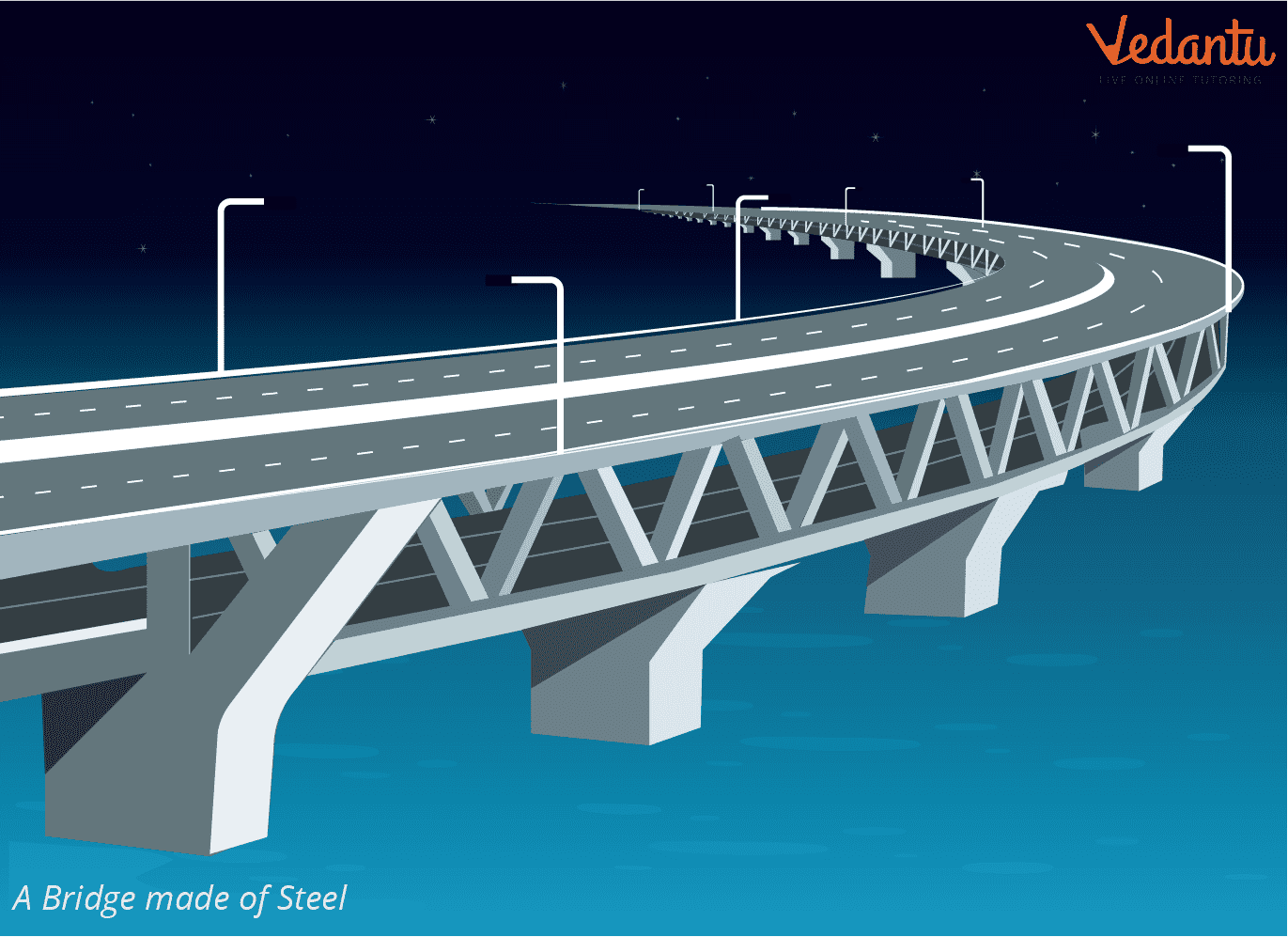




Introduction
Iron and carbon are two components that are combined to form steel. There are four different types of steel, and within each type are several steel grades. Steel is a flexible alloy with a wide range of conventional uses. It is utilised in various products and humongous uses of steel in daily life, including heavy industrial equipment, vehicles, aircraft, home appliances, and weapons.
Uses of Steel
Most of the tableware and utensils we use on a daily basis are made of stainless steel. Due to the combination of chromium and nickel used in its manufacture, stainless steel is an extraordinarily robust and long-lasting material that won't rust or stain.
Most automobiles' bodies, doors, motors, suspensions, and interiors are made primarily of steel. This is because steel is a flexible substance that can be formed into the shapes required to produce pieces like the frame and body panels.
Steel is used to make a lot of the screws and hinges that we see around our house. Due to its increased resistance to rust and corrosion and its capacity to tolerate extremely high temperatures, stainless steel is a decent choice.

Steel
Uses of Steel in Construction
To Construct High-Rise Buildings- Structural steel is resistant to natural disasters like earthquakes and wind. This one is flexible, so if there is a storm or an earthquake, the steel part of the building will bend rather than break.
To Build Bridges- Steel is a strong metal due to its high strength-to-weight ratio. It is solid and able to support the weight of numerous vehicles and people. With the help of these skills, engineers, designers, and fabricators can build massive, long-lasting bridges.
Construction of Parking Garages- It is lightweight, making it ideal for construction. This makes building buildings easier. Due to the tendency of steel to weaken in extremely hot environments, steel structures are now covered in compounds that make them fire-resistant.
To Construct Industrial Sheds- Another advantage of structural steel is its affordability. The convenience of pre-made steel parts makes it quick and easy to raise structural frames. Additionally, a lot of work can be done in advance at the industrial site, which will save both time and money.

Bridge Made From Steel
Characteristics of Steel
The ability of a material to withstand friction and damage is known as hardness. It's important to remember that while strength and toughness may have the same meaning in everyday speech, they have completely distinct meanings when referring to metal qualities.
Although toughness is hard to pin down, it is widely understood to be the capacity to absorb energy without breaking or rupturing. A material's resistance to fracture under stress is another definition of it. Typically, 'sit expressed in foot-pounds per square inch per centimetre. It's critical to separate this from hardness because a substance that can withstand slipping without slipping could be regarded as incredibly tough.
The force needed to shatter a material is measured by its tensile strength. Hence, Steel can be considered tensile.
Its ductility is the "Degree" to which a material may be stretched or compressed without breaking. It lies between the strength properties and the yield strength and is given as a percentage of the length being evaluated which is what per cent the material bend before breaking.
Steel Applications
Several key market sectors can be used to categorise steel applications.
The Construction of Buildings and Other Infrastructure - such as bridges, uses more than half of the world's yearly steel production. Reinforcing bars and sheet goods, including those used in ceilings and roofs, make up most of the steel used in this industry.
Mechanical Equipment - This second-largest usage of steel includes hand tools like hammers and shovels as well as bulldozers, tractors, machinery that produces auto parts, cranes, and other heavy equipment.
Automotive - A car typically weighs 900 kilogrammes, or nearly 2,000 pounds, of steel. The body and exterior, including the doors, utilise about a third.
Metal-based Goods - This market segment comprises various consumer goods like furniture, food and drink containers and razors.
Household Appliances - The amount of steel in refrigerators, stoves, microwave ovens, dishwashers, and clothes washers and dryers varies, as do the motors where relevant.
Conclusion
Steel is an industrial alloy created by combining iron and carbon. Steel has had a significant impact on our lives, including the vehicles we drive, the structures in which we work, the homes in which we live, and many other aspects: our electricity, power line towers, natural gas pipelines, machine tools, and military equipment. There are various characteristics of steel as it is hard, ductile, tough and has stencil strength.
FAQs on What is Steel?
1. How is steel made?
Steel is primarily created by combining carbon and iron at temperatures above 2600°F. Pig iron, a byproduct of primary steelmaking, is used to make steel. Pig iron is iron that has been melted down from rock that has been too carbonated for steel.
2. Where can we find steel?
Stainless steel, alloy steel, tool steel, and carbon steel are just a few of the many kinds and varieties of steel that are now on the market. China, Japan, India, the United States, Russia, South Korea, Germany, Brazil, Turkey, and Ukraine are the top producers of steel.
3. Is steel environmentally safe?
Stainless steels have countless uses in society and are safe and eco-friendly. Alloys based on iron are made up of stainless steel. The primary property of stainless steel is its high corrosion resistance, which is provided by chromium, the main alloying element.









